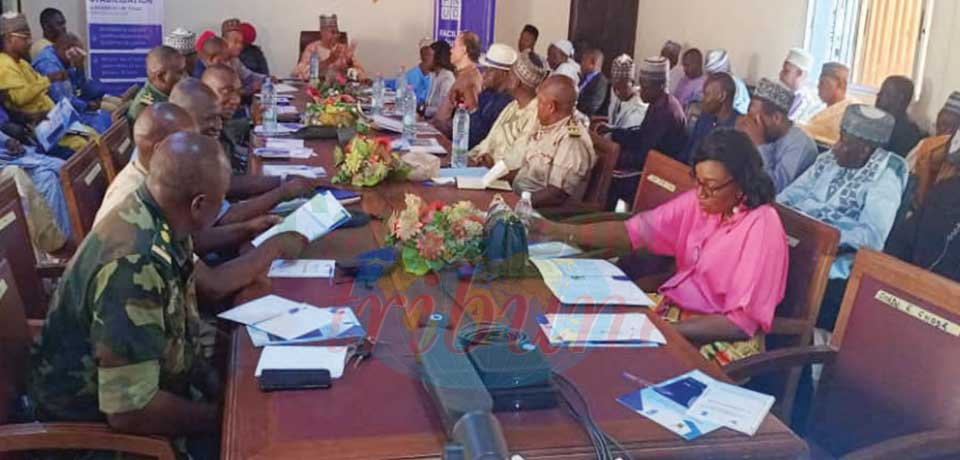The latest statement issued by the Monetary Policy Committee (MPC) of the Bank of Central African States (BEAC) that met in its fourth ordinary session in Yaounde December 20, is to say the least disappointing about the macroeconomic situation of the Central African Economic and Monetary Community (CEMAC).
Growth rate that was initially projected at 1.7 per cent a few months earlier has been pulled down to 1 per cent. Two major reasons are being blamed for the repelling situation; shocks from falling oil prices on the international market and the poor performance of the non oil sector. Growth rate in the sub region in 2015 stood at 2.8 per cent. Inflation settled at 3 percent as initially projected.
The key rate remains unchanged at 2.45 percent, while budgetary deficit persists at 4.2 percent of the sub region’s GDP. Current external deficit has registered slight drop from 11.4 percent of the GDP as external monetary coverage drops from 71.1 percent last year to 50 percent.
This economic storyline clearly debunks the policies of member states and incidentally calls for serious readjustments. From every indication, there are huge challenges to overcome if the sub region must bounce back to its development path. The mistake that seems to have been made by many countries is to want to depend so much on oil. The oil sector brings riches everyone knows but it remains quite an elastic source of revenue. As far back as 2014, the signals were not good for the sub region.
Medium-term prospects were seen to be uncertain. Despite recent stabilization, oil prices were projected to remain well below pre-shock levels in the medium term as production was feared to start falling after 2017. The sector is therefore facing two dangerous signs; drop in prices and dwindling production.
The shocks are leaving no nation indifferent. In effect, CEMAC countries have reacted differently to this new economic context with most countries scaling back their spending plans by reducing public investment and limiting current expenditure. All countries have also sought advances from the regional central bank. As a result of these and other debt-related developments, regional public debt is rising. Perhaps one o...
Cet article complet est réservé aux abonnés
Déjà abonné ? Identifiez-vous >
Accédez en illimité à Cameroon Tribune Digital à partir de 26250 FCFA
Je M'abonne1 minute suffit pour vous abonner à Cameroon Tribune Digital !
- Votre numéro spécial cameroon-tribune en version numérique
- Des encarts
- Des appels d'offres exclusives
- D'avant-première (accès 24h avant la publication)
- Des éditions consultables sur tous supports (smartphone, tablettes, PC)
Reactions
De la meme catégorie
Promoting Peace, Social Cohesion : Victoria United Dedicates Trophy To Course
- 24 avril 2024 11:46
- 0 likes














Commentaires